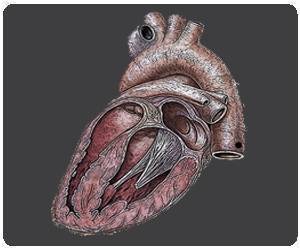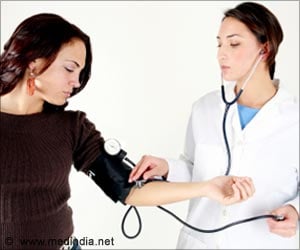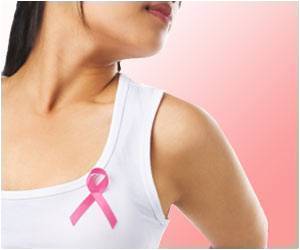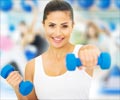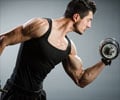
‘Interventions about Automatic external defibrillators (AEDs) use need to be provided to prevent sudden deaths in amateur sports and fitness centers.’
Tweet it Now
"Sudden cardiac death is a leading cause of death in Europe, affecting more than 300 000 people each year," said first author Dr Diego Penela, a cardiologist at Guglielmo da Saliceto Hospital, Piacenza, Italy."The chance of survival decreases with every passing minute in which defibrillation is not performed."
AEDs can be used by emergency medical personnel and untrained members of the public to apply an external shock. Closer proximity and prompter use of AEDs improves the probability of survival.
It is estimated that the probability of having a fatal arrhythmia is three times higher in athletes than non-athletes. Although the death of a competitive athlete hits the headlines, the majority of cardiac arrests occur during recreational sports.
Progetto Vita (Project Life) evaluated the impact of AED purchase by amateur sports centers on survival from sudden cardiac arrest.
Advertisement
Resuscitation, survival rates, and response times were compared between centers with and without AEDs.
Advertisement
Onsite AED use significantly reduced the time to first shock from 7.3 to 3.3 minutes (p=0.001). Neurologically intact survival was 93% for patients treated with an onsite AED compared to 9% without an AED (p<0.001).
The investigators calculated that 19 AEDs were needed to prevent one death or adverse neurological outcome from sudden cardiac arrest.
Dr Penela said: "Our results clearly show that the presence of an AED saves lives. Out of 15 patients who suffered a cardiac arrest in centers with an AED, 14 survived and had no neurological damage (93%). That compares to just one survivor without neurological damage out of 11 cardiac arrests in centers without an AED (9%)."
Dr Daniela Aschieri, chief of Progetto Vita, said: "We also found the quicker the AED was used, the greater the chance of survival. Additionally, the probability of survival was higher when a member of the public used the AED rather than waiting for medical assistance."
Dr Aschieri concluded: "Onsite AEDs provide an excellent neurologically intact survival rate for exercise-related cardiac arrest. An AED is a safe tool, even when used by an untrained citizen. In light of our results we recommend that AEDs be acquired by amateur sports and fitness centers. Educational programmes should be conducted to increase awareness about the issue of sudden death and provide basic knowledge about AED use."
Source-Eurekalert

